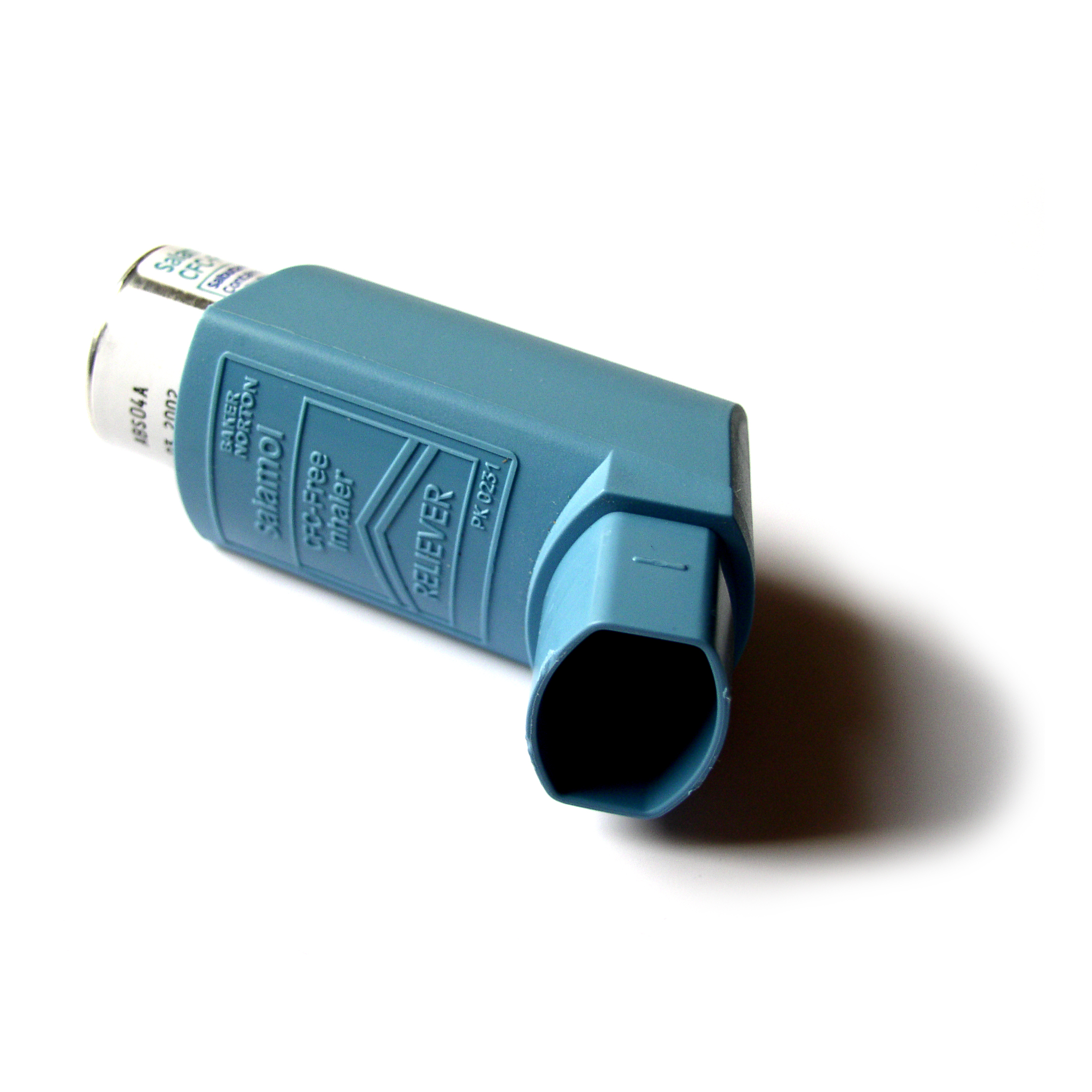
WEDNESDAY, March 16 (HealthDay News) — The injectable medication Xolair reduced asthma symptoms in inner city children with the respiratory condition, and almost eliminated seasonal peaks in asthma attacks, new research shows.
When added to standard asthma treatments, Xolair (omalizumab) decreased the amount of inhaled steroid needed to maintain asthma control, according to the study, which is published in the March 17 issue of the New England Journal of Medicine.
“Omalizumab improves asthma control on top of guidelines-based treatment,” said study co-author Dr. William Busse, a professor of medicine at the University of Wisconsin School of Medicine in Madison. “There was less need for other medications, a reduction of symptoms and reduction of the seasonal exacerbations of asthma. Omalizumab almost totally eliminated these attacks.”
But, he added, it’s too soon to make treatment recommendations based on these findings. “I think we have to be very cautious, given the limited aspect of our study. It’s still a small study, with just 200 people in each group,” he explained.
And, he noted, Xolair is an expensive medication, costing about $1,000 a month. Injection of the drug also requires a doctor visit.
Omalizumab targets the antibody immunoglobulin E (IgE), a substance that is responsible for allergic symptoms and many asthma exacerbations. It is given by injection, usually once every two to four weeks, according to Novartis, the drug manufacturer. Omalizumab is currently only approved for people over the age of 12.
The U.S. Food and Drug Administration is currently conducting a long-term safety review of omalizumab, because there have been reports of an increased risk of heart attack, abnormal heart rhythms, heart failure and stroke in people taking the drug. Final results of this review aren’t expected until 2012, and, in the meantime, the medication remains on the market.
The current analysis included 419 children with asthma from eight different urban areas across the United States. The children were between the ages of 6 and 20, and most had moderate to severe asthma. Sixty percent of the children were black and 37 percent were Hispanic.
All of the children were being treated for their asthma symptoms based on the guidelines from the National Asthma Education and Prevention Program. Study participants and their caregivers received education about controlling environmental asthma and allergy triggers, such as dust mites and cockroaches. They were also given mattress covers, pest traps and a new vacuum cleaner.
Half of the group was randomly selected to receive omalizumab injections once every two to four weeks (dosage varied by weight and disease severity), or a placebo injection. The study lasted 60 weeks.
At the start of the study, the children were having asthma symptoms an average of 1.96 days during a two-week period. Those who received omalizumab saw the duration of their symptoms drop to 1.48 days per two week period, a reduction of 24.5 percent, according to the study.
Those taking long-term preventive medications were able to reduce the amount of medication without experiencing an increase in symptoms. The treatment group had a 75 percent reduction in the number of hospitalizations compared to the placebo group.
And, the exacerbations in the omalizumab group were reduced — 30.3 percent vs. 48.8 in the placebo group. The omalizumab group also didn’t experience seasonal peaks in their asthma symptoms, which normally happens in the spring and the fall.
No differences in concern related to safety were noted between the two groups, the researchers reported. One patient in the omalizumab group developed anaphylaxis — a life-threatening allergic reaction that has previously been linked to the drug — compared to six patients in the placebo group who developed anaphylaxis.
One of the study’s key findings, according to Busse, is the fact that allergies play a significant role in the development of asthma attack. He said that wasn’t unknown, but that it was surprising to see how much of an effect reducing IgE levels had on asthma. “Allergies play a very important role in bringing about asthma attacks, and omalizumab allowed us to reduce the allergic process,” he said.
Funding for the study was provided by the National Institutes of Health, Novartis, Dey Pharma (they provided Epi-Pens to treat serious allergic reactions), and SC Johnson (which provided pest control products).
“Clearly, this is a very well-conducted study, but it is just one study. More research needs to be done, and we need to know more about safety,” said Dr. Deepa Rastogi, an attending physician in the division of respiratory and sleep medicine at Children’s Hospital at Montefiore Medical Center in New York City.
She added that this study reinforces treatment guidelines, and emphasizes the need for good allergen control wherever possible. If you can’t control exposure to environmental allergens, allergy prevention medications are often recommended, she said.
More information
Learn more about managing asthma and allergy triggers from the American Academy of Allergy, Asthma and Immunology.

